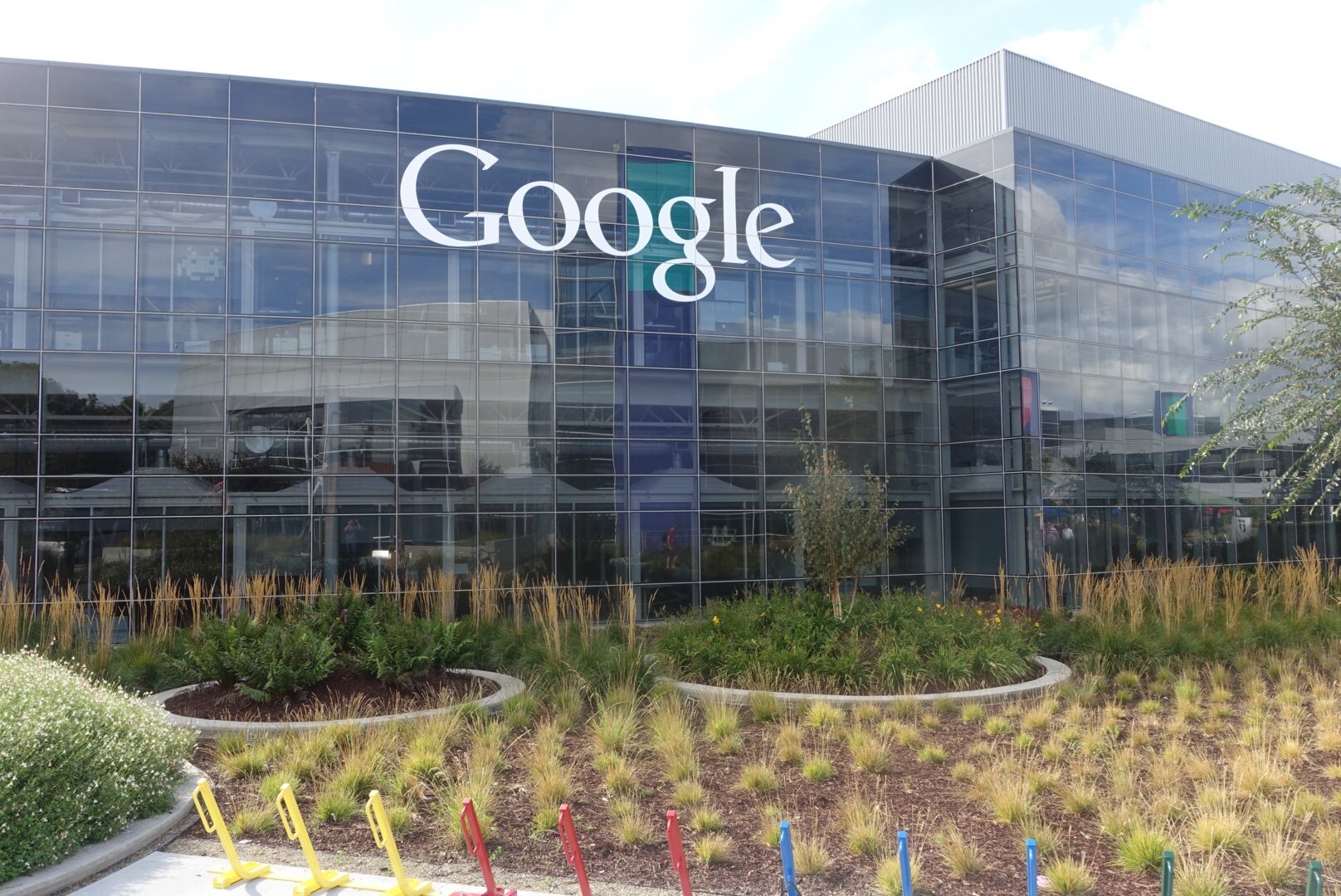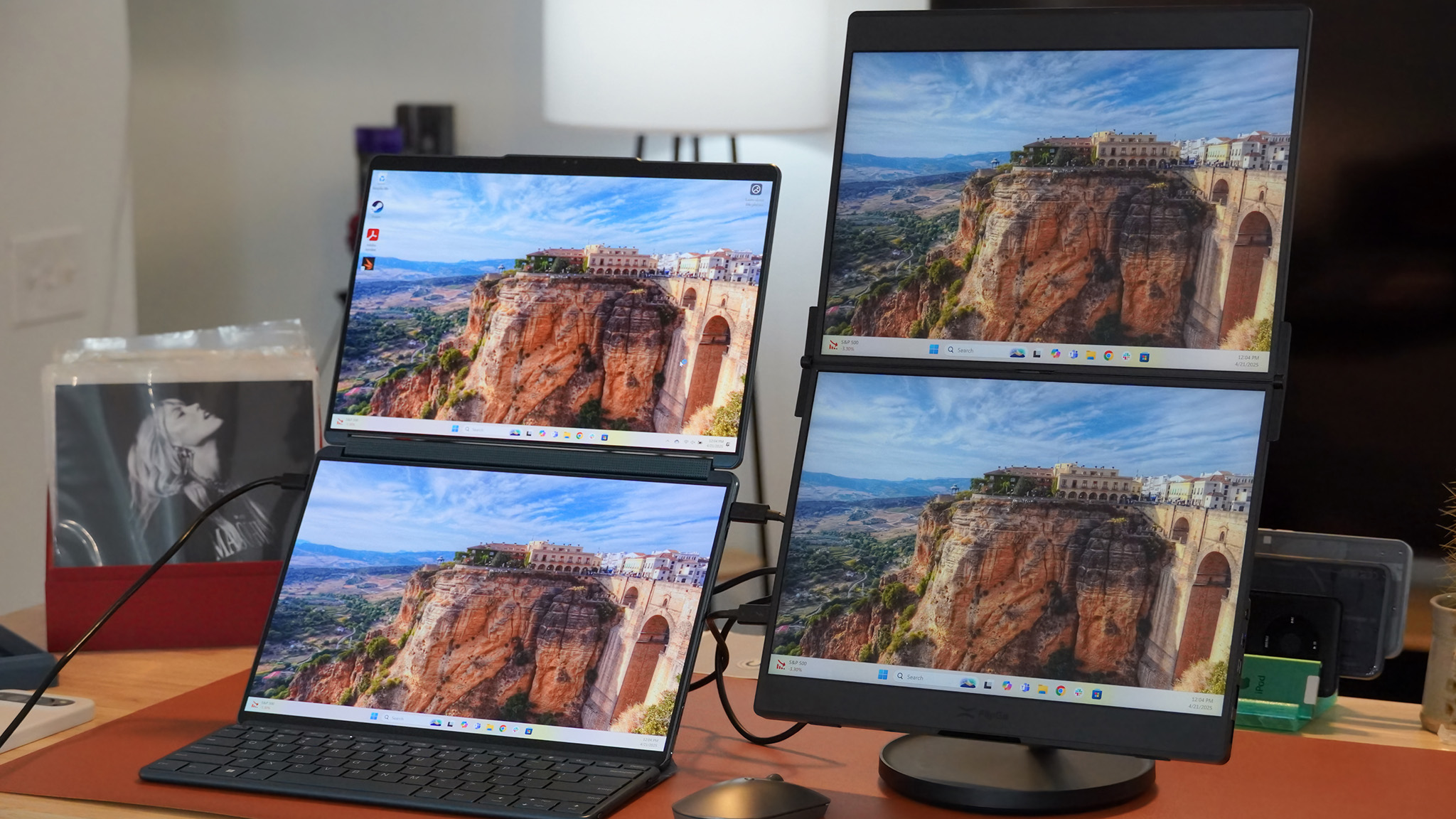Google killed a lot of horrible ads in 2016

Google makes most of its money from hosting ads. They use services like Android and Gmail to help determine what we like and can use this data to get plenty of companies interested in buying time and space to show their wares through them. Targeted ads produce more clicks and more money for Google's customers.
But ads also suck. Especially the really bad ones that act shifty. Ads that do things like promote bad web sites or are hawking illegal products are forbidden under Google's rules, and those rules keep expanding to include more and more things that make for a bad experience on the web.
We have a strict set of policies that govern the types of ads we do and don't allow on Google in order to protect people from misleading, inappropriate, or harmful ads. And we have a team of engineers, policy experts, product managers and others who are waging a daily fight against bad actors. Over the years, this commitment has made the web a better place for you—and a worse place for those who seek to abuse advertising systems for their own gain.
According to their latest blog posting, Google says they took down 1.7 billion ads that were in violation of their rules in 2016. That's double the number pulled in 2015. And that's a lot of ads. Here are the stats.
- More than 5 million ads for payday loans were removed in 2016.
- 112 million "trick to click" (ads with virus warnings or other fake services) were removed in 2016.
- 68 million ads for illegal medicine or other healthcare violations were removed in 2016.
- 17 million ads promoting illegal gambling were removed in 2016.
- Over 80 million ads that were misleading were removed in 2016.
- 23,000 self-clicking mobile ads were removed in 2016.
- 7 million ads designed to game Google's system were removed in 2016.
- 900,000 ads that contained malware were removed in 2016.
Google didn't stop there, though. They also suspended a lot of accounts for violations and blacklisted sites that have shady practices. Google doesn't like seeing fake news sites or ads for miracle cures any more than we do, and so creating or relying on ads with malware or ads that try trick you into installing things on both your phone and your PC are a good way to get your Adsense account terminated.
Bad ads and bad people who profit from them hurt Google's bottom line. That means getting rid of them in high priority.
- 1,300 accounts were suspended for tabloid cloaking — showing an ad for news and current events but sending the user to a site that is trying to sell them something.
- 6,000 accounts were suspended for selling counterfeit goods.
- 8,000 sites were banned for promoting payday loans.
- 47,000 sites were banned for promoting weight-loss scams.
- Over 15,000 sites were banned for trying to trick you into installing software.
- 6,000 sites were banned for selling counterfeit goods.
In November of 2016, Google introduced a new Adsense misrepresentative content policy. This helps Google find out if website owners are misrepresenting who they are or try to deceive people with their content, then take appropriate action. In the first two months under this policy, 550 websites that were suspected of misrepresenting themselves or their content were reviewed. Actions were taken against 340 of those accounts and nearly 200 publishers were permanently banned from the Adsense service.
Google knows that everyone hates bad ads or ads for bad products. They also know that if they just let them run rampant people will be prone to stop clicking on them or take other measures. Blocking and banning ads that suck and the people who make them is good for everyone involved. Here's hoping they remove even more in 2017.
Be an expert in 5 minutes
Get the latest news from Android Central, your trusted companion in the world of Android

Jerry is an amateur woodworker and struggling shade tree mechanic. There's nothing he can't take apart, but many things he can't reassemble. You'll find him writing and speaking his loud opinion on Android Central and occasionally on Threads.
